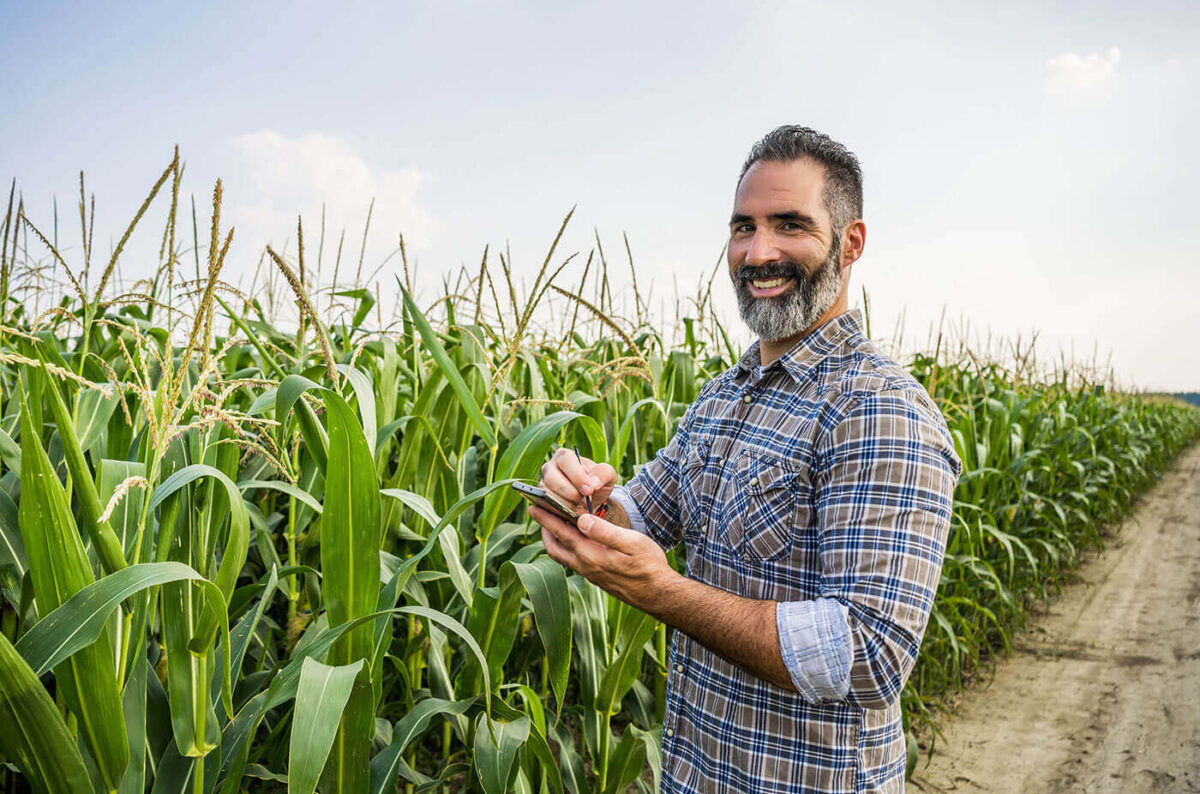
- Stories
- December 12, 2022
In an era of mounting environmental crises, persistent social inequalities, and complex global challenges, we often hear a familiar refrain: individual actions matter. Recycle more. Use less water. Buy sustainable products. Walk instead of drive. While these personal choices certainly have value, they exist within a troubling narrative that can inadvertently shift responsibility away from the systems, institutions, and power structures that created and maintain our most pressing problems.
This article explores why truly effective solutions must address the underlying systems rather than relying primarily on individual behavior change—and how we can balance personal responsibility with the pursuit of deeper structural change.
The Limits of Individual Action
Individual actions face several fundamental limitations when confronting today’s most urgent challenges:
Scale Mismatch
Most of our critical problems—climate change, biodiversity loss, wealth inequality, food system failures—operate at scales far beyond individual influence. Consider these sobering realities:
- Just 100 companies are responsible for 71% of global greenhouse gas emissions
- The world’s richest 1% emit twice as much carbon as the poorest 50% of the global population
- Industrial agriculture and food waste account for approximately 30% of global emissions
- Corporate water usage dwarfs residential consumption, with agriculture (70%) and industry (19%) dominating global water use
Even if every environmentally conscious consumer made perfect choices, the needle would barely move without addressing these larger forces.
The Infrastructure Trap
Our choices are constrained by the systems and infrastructure that surround us:
- Transit-dependent communities can’t choose public transportation where it doesn’t exist
- Food deserts limit access to nutritious, sustainable food options
- Rental housing prevents residents from installing renewable energy or efficiency upgrades
- Planned obsolescence and repair restrictions force unnecessary consumption
- Car-dependent suburban design makes driving the only viable option for millions
These constraints mean that for many people, the “right choice” simply isn’t available, regardless of personal values or intentions.
The Willpower Fallacy
Relying on continuous individual willpower in a system designed for opposite outcomes is fundamentally unsustainable:
- Financial pressures push consumers toward cheaper, often less sustainable options
- Time scarcity makes convenience a necessity for many households
- Information overload makes determining truly sustainable choices nearly impossible
- Psychological research consistently shows that willpower is a finite resource
- Social norms and marketing exert powerful influences on behavior
Systems designed for unsustainable outcomes will, unsurprisingly, continue producing them despite individual efforts to swim against the current.
The Power of Systemic Change
By contrast, systemic solutions offer several profound advantages:
Structural Leverage Points
Systemic approaches target high-leverage intervention points that can create cascading positive effects:
- Building codes that require energy efficiency in all new construction
- Transportation infrastructure that prioritizes low-carbon mobility
- Agricultural policies that reward sustainable farming practices
- Extended producer responsibility laws that make manufacturers responsible for product lifecycles
- Progressive taxation that funds environmental and social investments
These interventions change default outcomes for thousands or millions of people simultaneously, without requiring individual heroic effort.
Equitable Distribution of Responsibility
Systemic solutions appropriately assign responsibility based on power, capacity, and historical contribution:
- Corporate accountability mechanisms that prevent externalizing environmental costs
- Progressive carbon pricing that affects largest emitters most significantly
- Just transition policies that support communities during economic shifts
- International climate finance that recognizes historical emissions disparities
- Regulatory frameworks that prevent harmful practices regardless of consumer demand
This approach recognizes that those with the greatest power to create problems must bear proportional responsibility for solving them.
Durability and Scale
While individual behavior is variable and reversible, systemic changes create durable transformation:
- Once renewable energy infrastructure is built, it continues operating
- After public transit systems are established, they serve generations
- When regenerative agricultural practices build soil health, benefits accumulate
- Following policy reforms, new standards become the baseline for future action
- As transformed systems normalize sustainable behaviors, they become the path of least resistance
This durability means that systemic changes continue delivering benefits regardless of daily individual choices.
False Dichotomies and Finding Balance
The most dangerous aspect of overemphasizing individual action is not that such actions are worthless—they aren’t—but that they can create a false sense that systems change and personal responsibility are opposing approaches rather than complementary strategies.
The Individualization of Responsibility
The concept of the “carbon footprint” was popularized by BP, one of the world’s largest oil companies, in a 2005 marketing campaign. This campaign brilliantly shifted attention from the fossil fuel industry’s responsibility toward individual consumers. Similar corporate strategies across sectors have worked to:
- Focus climate discourse on personal consumption rather than fossil fuel extraction
- Emphasize recycling rather than reducing packaging and plastic production
- Promote “ethical consumption” rather than labor rights and fair trade policies
- Highlight personal wellness rather than addressing environmental health hazards
- Celebrate individual success stories rather than collective action and solidarity
This individualization of responsibility serves powerful interests by diffusing pressure for regulatory change and system redesign.
The Both/And Approach
A more effective framework recognizes that individual and systemic change are mutually reinforcing:
- Personal actions demonstrate commitment: Walking our talk builds credibility and moral authority
- Individual choices create markets: Early adopters help sustainable alternatives reach viability
- Behavioral change shifts norms: Visible personal choices influence social expectations
- Practical experience builds knowledge: Trying alternatives helps us understand implementation challenges
- Personal transformation fuels advocacy: Those who have made changes often become powerful advocates
The most effective approach combines personal responsibility with a clear-eyed focus on the necessary systems change, avoiding both individual guilt and structural fatalism.
Models for Effective Action
Several frameworks provide useful guidance for balancing individual and systemic approaches:
The 80/20 Principle for Impact
Rather than trying to perfect every personal choice, focus individual efforts where they matter most:
- The highest-impact personal actions (typically transportation, housing, and diet)
- Visible choices that influence others and build social momentum
- Actions that directly support systemic change efforts
- Areas where you have greatest agency and fewest constraints
- Choices aligned with your specific values and priorities
This targeted approach prevents exhaustion while maximizing impact.
Collective Action Opportunities
Individual actions gain power when aggregated through collective structures:
- Community solar programs that make renewable energy accessible to all
- Food cooperatives that create sustainable food systems
- Housing cooperatives that enable shared investments in efficiency
- Transportation advocacy groups that push for better mobility options
- Purchase cooperatives that leverage collective buying power
These approaches transform isolated individual actions into collective power.
Dual Power Strategies
Some of the most promising approaches build alternative systems while simultaneously working to transform existing ones:
- Community-owned renewable energy that challenges utility monopolies
- Local food systems that provide alternatives to industrial agriculture
- Worker cooperatives that demonstrate new ownership models
- Community land trusts that create affordable housing outside speculative markets
- Mutual aid networks that meet needs while building solidarity
These approaches create immediate alternatives while demonstrating the viability of systemic changes.
From Guilt to Power
Perhaps the most important shift is moving from a framework of individual guilt to one of collective power. This means:
- Recognizing that our problems are primarily structural, not moral failings
- Understanding how our personal actions can support rather than substitute for systemic change
- Finding community with others working toward similar goals
- Building power through organizing rather than perfecting personal choices
- Celebrating progress while maintaining focus on the scale of necessary change
This perspective transforms the paralysis of perfectionism into the energy of purposeful action.
Conclusion: Both Trees and Forests Matter
The debate over individual versus systemic change presents a false choice. We need conscious consumers AND corporate accountability, personal choices AND policy change, individual responsibility AND systems transformation.
What we cannot afford is allowing the emphasis on personal lifestyle changes to distract from the more fundamental work of redesigning the systems that shape those lifestyles in the first place. By connecting our individual choices to collective action and systems change, we transform small actions into catalysts for the deeper transformation our world urgently needs.
The most powerful question is not “What can I do as an individual?” but rather “How can my individual actions contribute to collective power for systemic change?” When we reframe our thinking this way, personal responsibility becomes not an end in itself, but a stepping stone toward the just and sustainable systems our future depends on.
How do you balance individual actions with support for systemic change? What collective efforts are you involved with? Share your experiences in the comments below.














